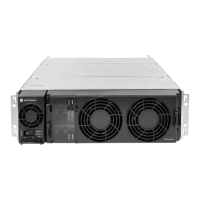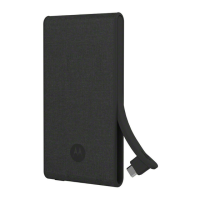MTS Overview
Chapter 1
MTS Overview
Motorola Transceiver Station (MTS) is a Base Station of a DIMETRA communication system. A Base
Station serves as the Radio Frequency (RF) interface between the system infrastructure and the
mobile stations. Base Stations in a trunked system have three primary interfaces:
• Receiver to pick up the RF signal from the mobile stations
• Transmitter to send RF signals to the mobile stations
• Wired interface to send audio and control traffic to the system infrastructure
Strategically placed base stations allow users to communicate with other mobile stations, dispatch
operators, or telephone users using the DIMETRA system.
1.1
Base Radio Architecture Comparison
Two software architectures, called Architecture 1 (BR-Arch-1) and Architecture 2 (BR-Arch-2), are
found within MTS Base Radios. Architecture 2 was introduced starting with GMTX4336A and has its
origin in operating system and hardware changes.
Base Radios in BR-Arch-2 are available in different frequency ranges than BR-Arch-1 Base Radios.
The new frequency ranges have no impact on BR-Arch-1 Base Radio ranges; for more details see
RFDS Frequency Band and Bandwidth on page 258 and Power Amplifier on page 323.
The configuration and setup of MTS Base Radios in both architectures is almost identical. Minor
differences that exist in the command sets of bootloaders and applications are appropriately marked in
relevant processes for both architectures. The functionality of the Base Radio Application is the same
for both software architectures.
The main change in the BR-Arch-2 architecture is the boot order. BOOT1 is not available in BR-Arch-2
Base Radios, where it is replaced by Core Application offering a similar functionality. By using Core
Application you can perform basic BR configuration and start Base Radio Application or Test
Application.
Table 2: Architecture comparison - boot order and functionalities of bootloaders and applications
BOOT0 (1st stage bootloader)
U-Boot (1st stage bootloader)
Mode reserved for authorized
technical personnel only.
BOOT1 (2nd stage bootload-
er)
Basic BR configuration; starts
other applications.
Main BR Application; starts
automatically if the boot proc-
ess is not interrupted.
Application intended for test-
ing, recommended to use by
authorized technical personnel
only.
The following examples show the boot processes in both architectures.

